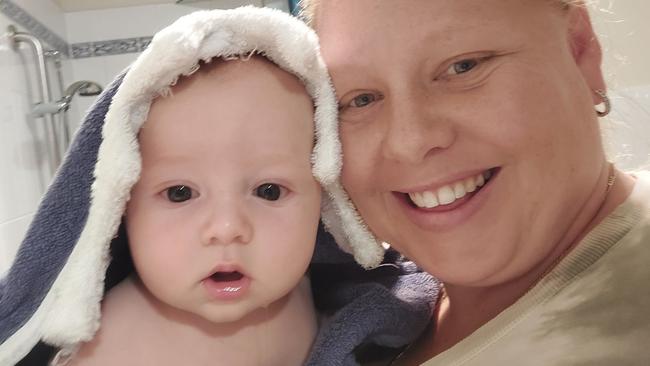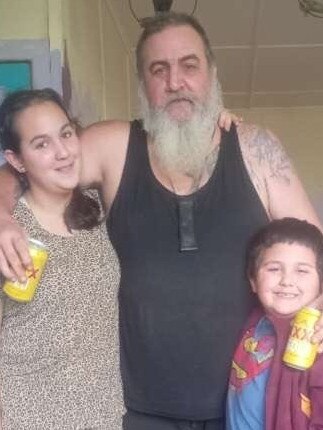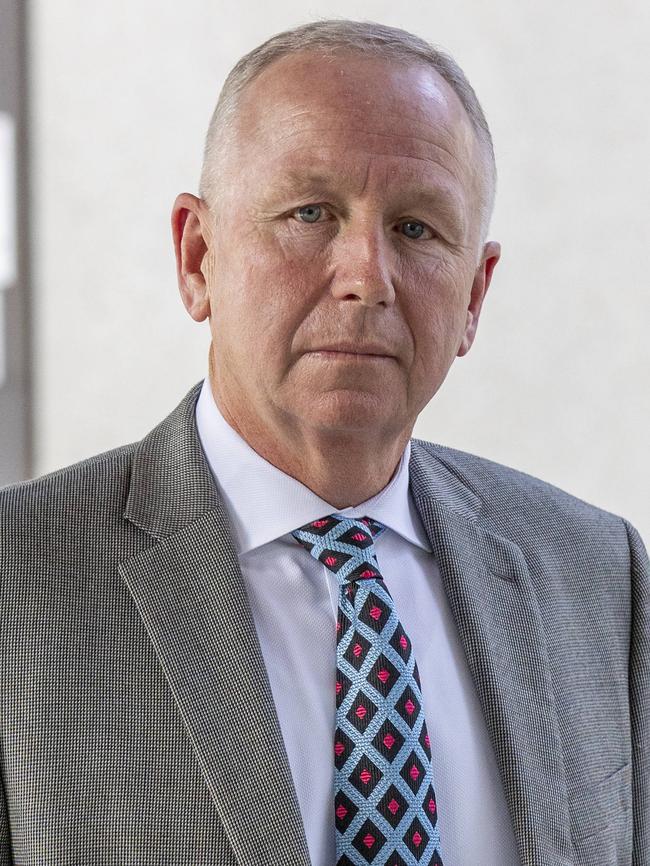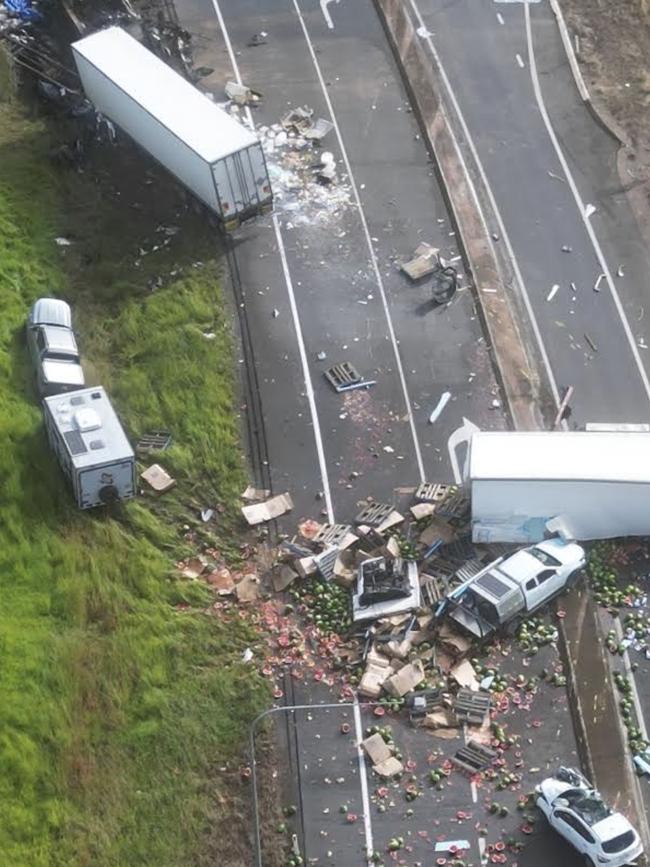Shocking figures behind Queensland road death total
The road toll is double that of the same time last year in some parts of Queensland, with three killed in crashes on the first weekend of school holidays. It comes as a worrying trend at crash sites is flagged.

QLD News
Don't miss out on the headlines from QLD News. Followed categories will be added to My News.
Queensland’s dedicated first responders are frustrated and fatigued at the concerning number of fatal crashes on the state’s roads, with three lives claimed on the first weekend of school holidays.
So far this year, 136 people have been killed on Queensland roads in 124 crashes – an increase of 17 deaths since this time last year.
Since school holidays kicked off on Saturday, three people have been killed in crashes across Queensland, and four more left in serious conditions at hospital.
Motorbike rider Raymond Whitmore died after a crash in the Gladstone region in the early hours of Saturday, while an elderly man died at the scene of a crash near Noosa Saturday night, and Cairns-based outback rigger Travis Dupuy died in a buggy rollover in Mt Isa in the early hours of Sunday.
Brisbane Forensic Crash Unit officer-in-charge Acting Senior Sergeant Patricia Brennan said her team was already feeling the weight of so many fatal crashes.
“We usually feel this kind of fatigue two-thirds through the year, but it feels like we haven’t really had a break,” Sergeant Brennan said.
“We’re only halfway through the year. It’s one of those things that can happen anywhere at any time.”

Of the 136 people killed, 58 of those were drivers, 22 passengers and 38 motorcyclists.
Since January, the majority of fatalities have occurred on roads in the Southern region, an area which encompasses the Darling Downs, Ipswich and South West districts.
Fatalities in Brisbane and Central regions have also skyrocketed to more than twice that of last year.
This month, southeast Queensland mum Amy Maher and her baby, Arlo, were killed in a crash at Upper Caboolture.
On June 17, a Western Downs family was ripped apart in a triple-fatal crash which killed 45-year-old Phil Harris and his two kids, Warrior, 8, and Ocean, 15.
The state’s most skilled first responder, Queensland Ambulance Service medical director Dr Stephen Rashford, said each crash had a huge impact on emergency services personnel.
“When you see crashes that are completely and utterly preventable, that has an effect,” Dr Rashford said.
“That’s the type of thing that will stick with you for the rest of your life.
“We know that the job emergency services play is going to expose them to trauma, and repeated trauma that is avoidable has a significant impact on them.”


Dr Rashford said speed was a recurring factor in more and more fatal crashes.
“What we do know is that a lot of very high-impact crashes seem to be occurring.
“There’s a lot of different factors at play which include speed, and potentially people under the influence of drugs or alcohol.”
Sergeant Brennan said some of the recent Queensland fatalities came down to the classic causes police have been drumming into drivers for decades – speed, alcohol and drugs, and inattention.
She said another concerning aspect was the number of people killed because they weren’t wearing a seatbelt, especially in metropolitan areas.
“It is completely frustrating. If that person had been wearing a seatbelt, we wouldn’t get that phone call,” Sergeant Brennan said.
“I’m frustrated at how lax some people have become.”
Dr Rashford said he’s also seen a worrying trend in people fleeing a scene before paramedics arrived.
“We know when we go lights and sirens, we know that only saves one or two minutes maximum,” he said.
RACQ LifeFlight Rescue Medical Director Jeff Hooper said it was unfortunate that serious crashes formed a “significant percentage” of their work, often left to treat people on the side of the road or in paddocks.
Queensland Police kicked off Operation Coldsnap last week and urged drivers to take breaks on long drives, and pay attention to the road these school holidays.



